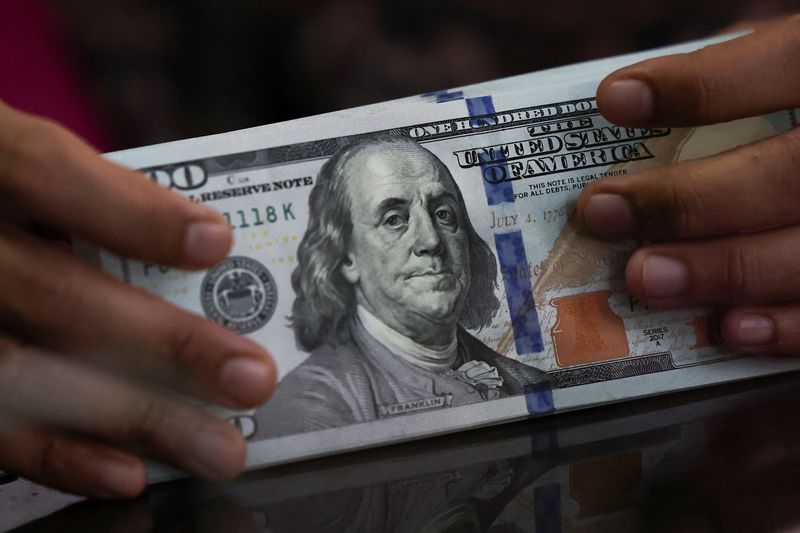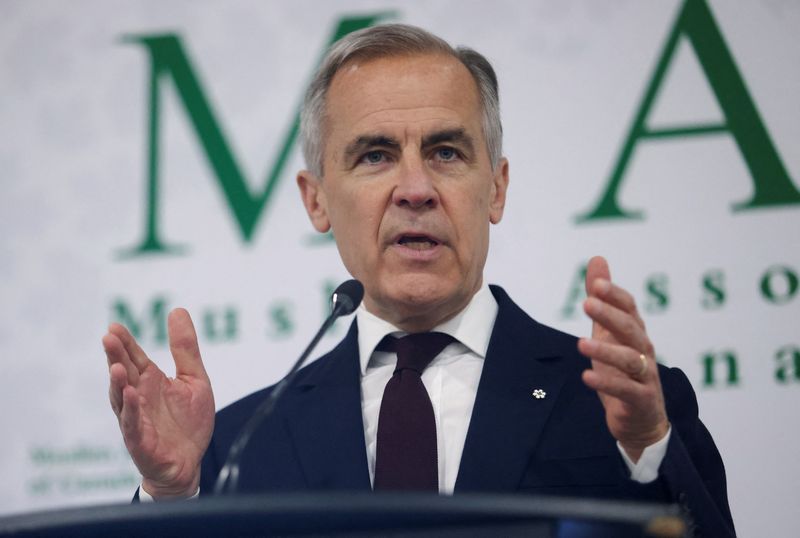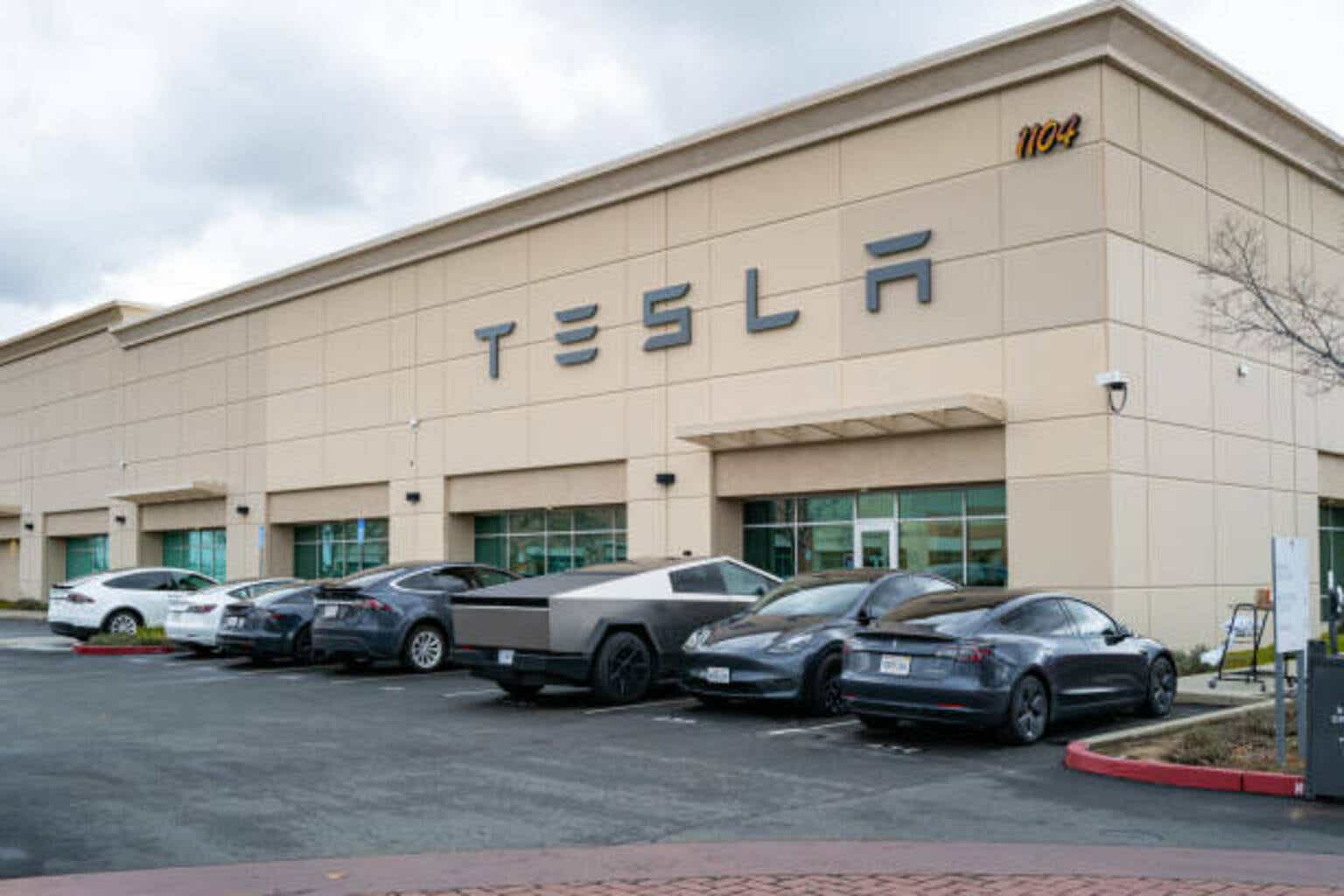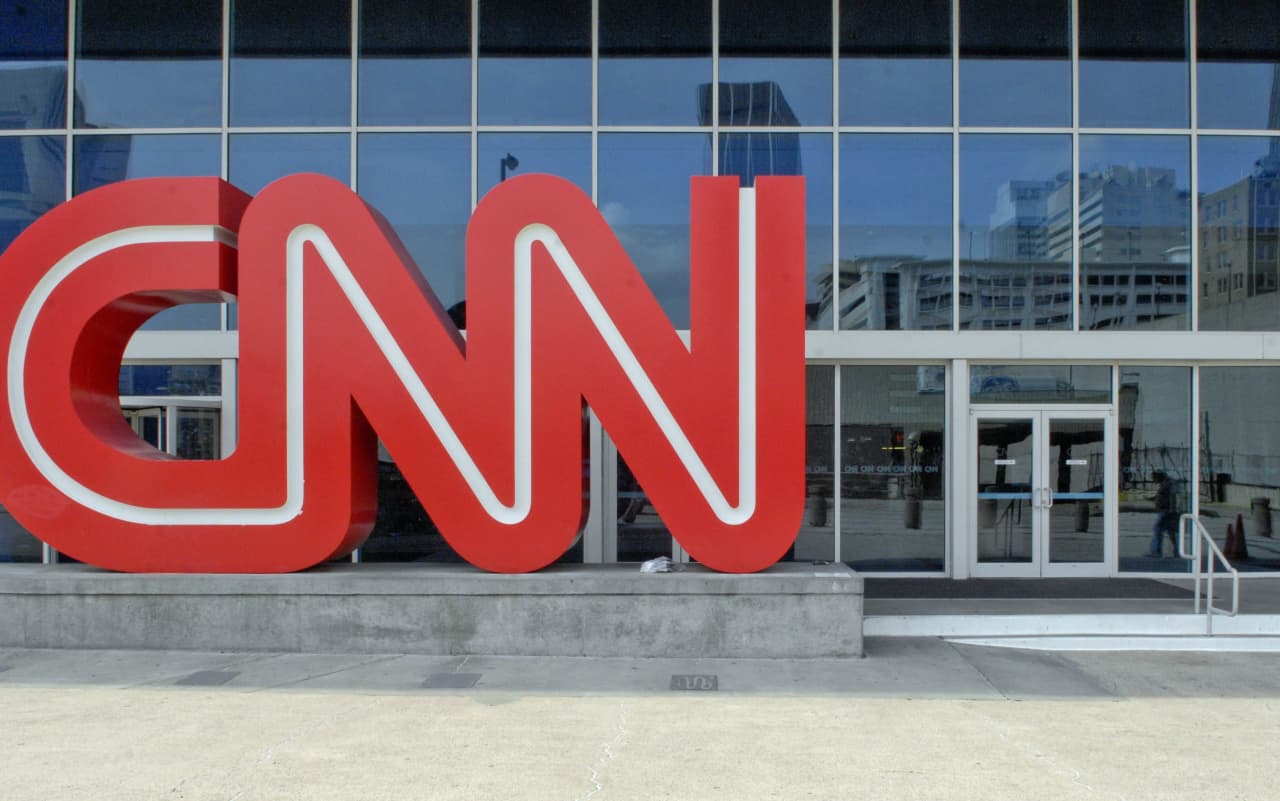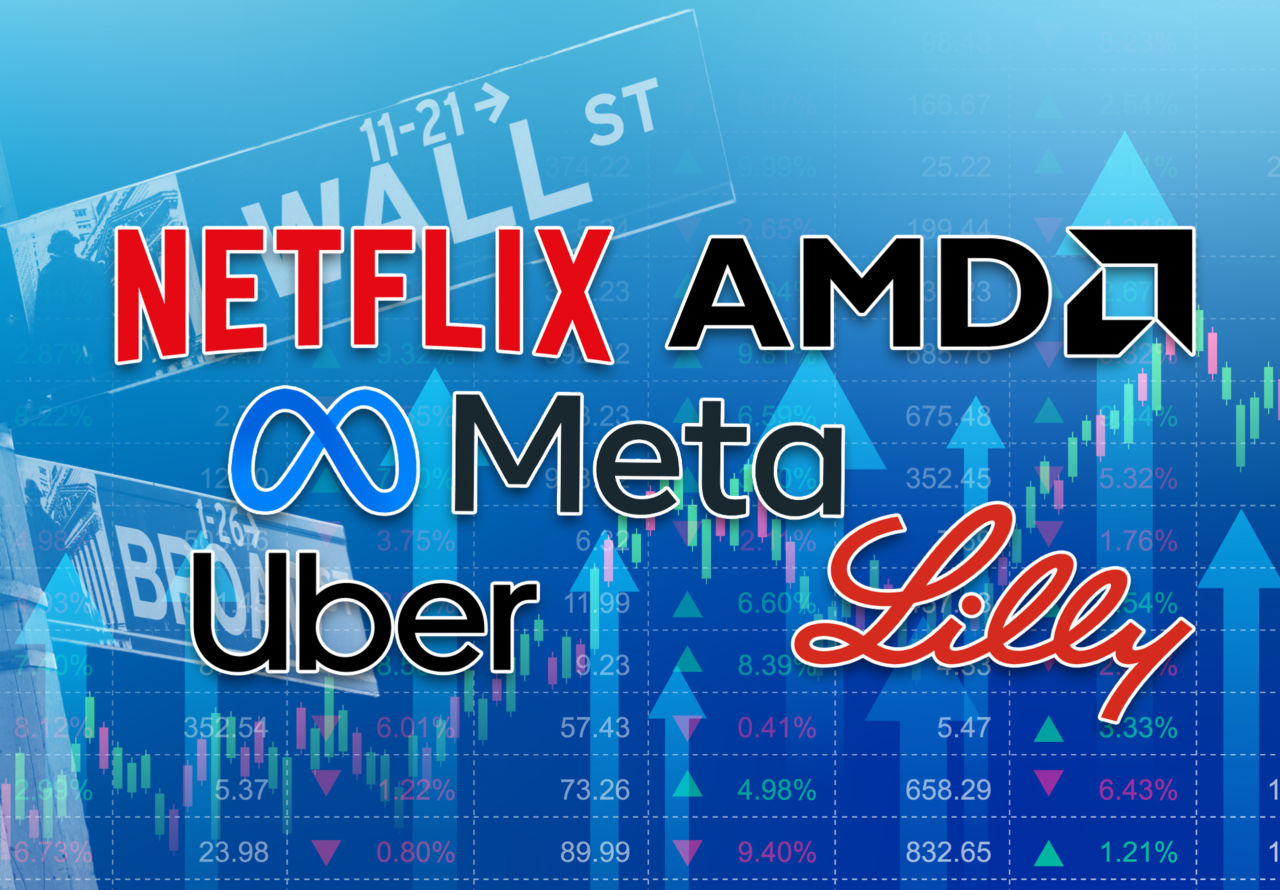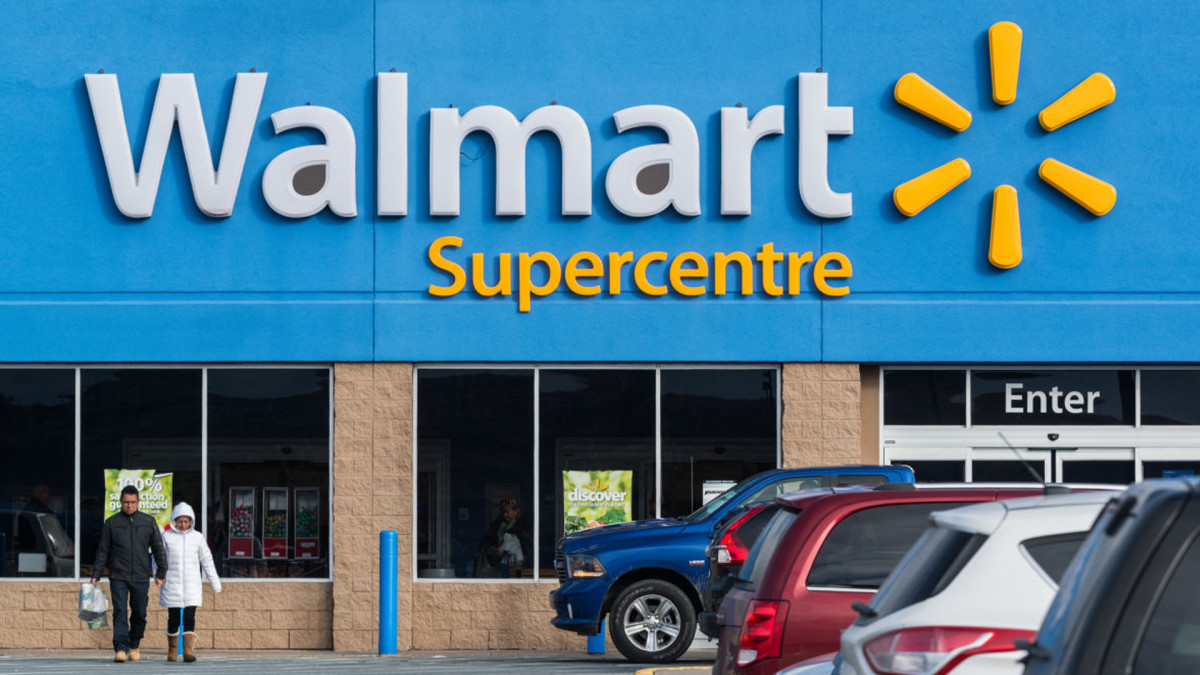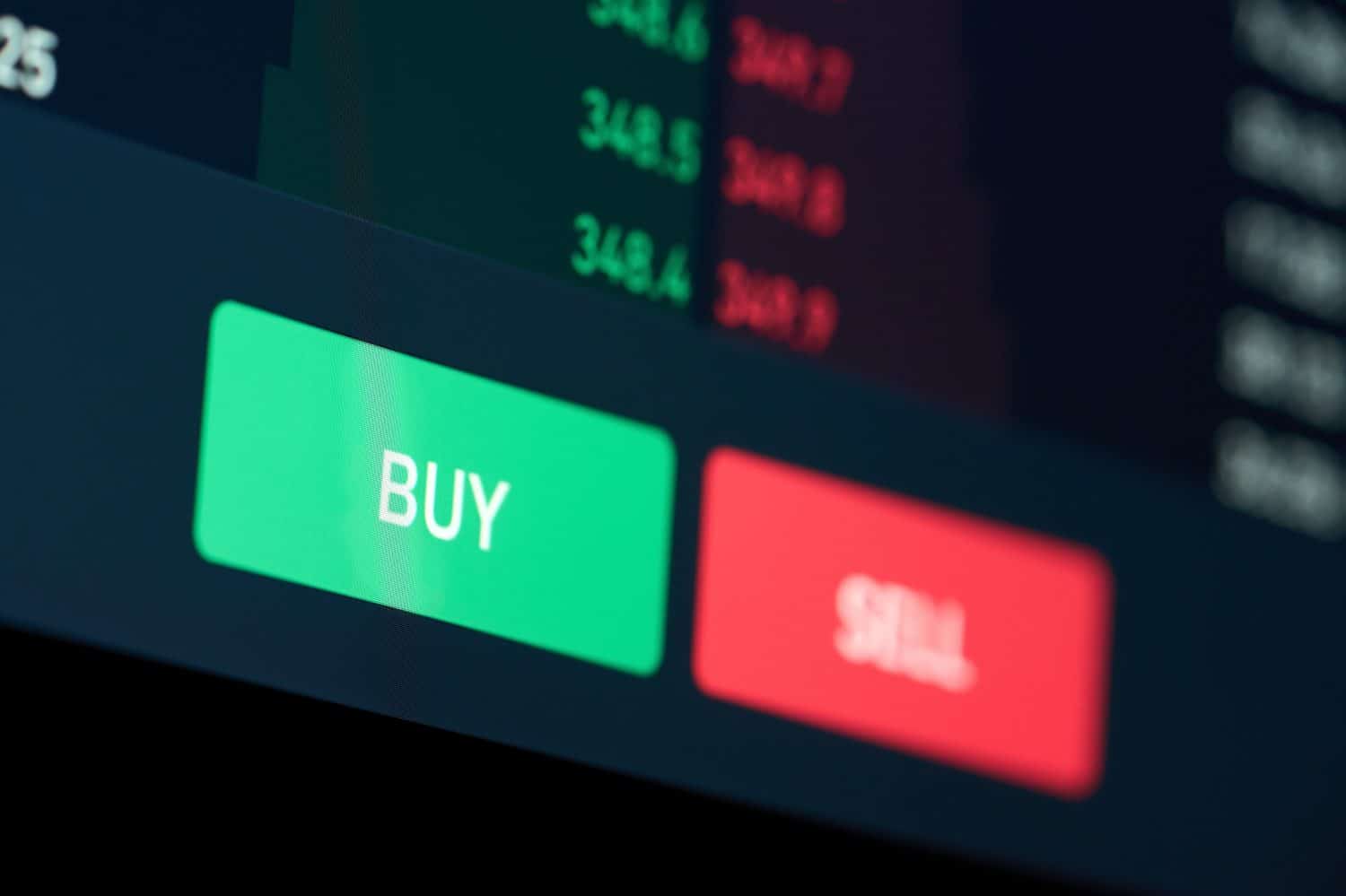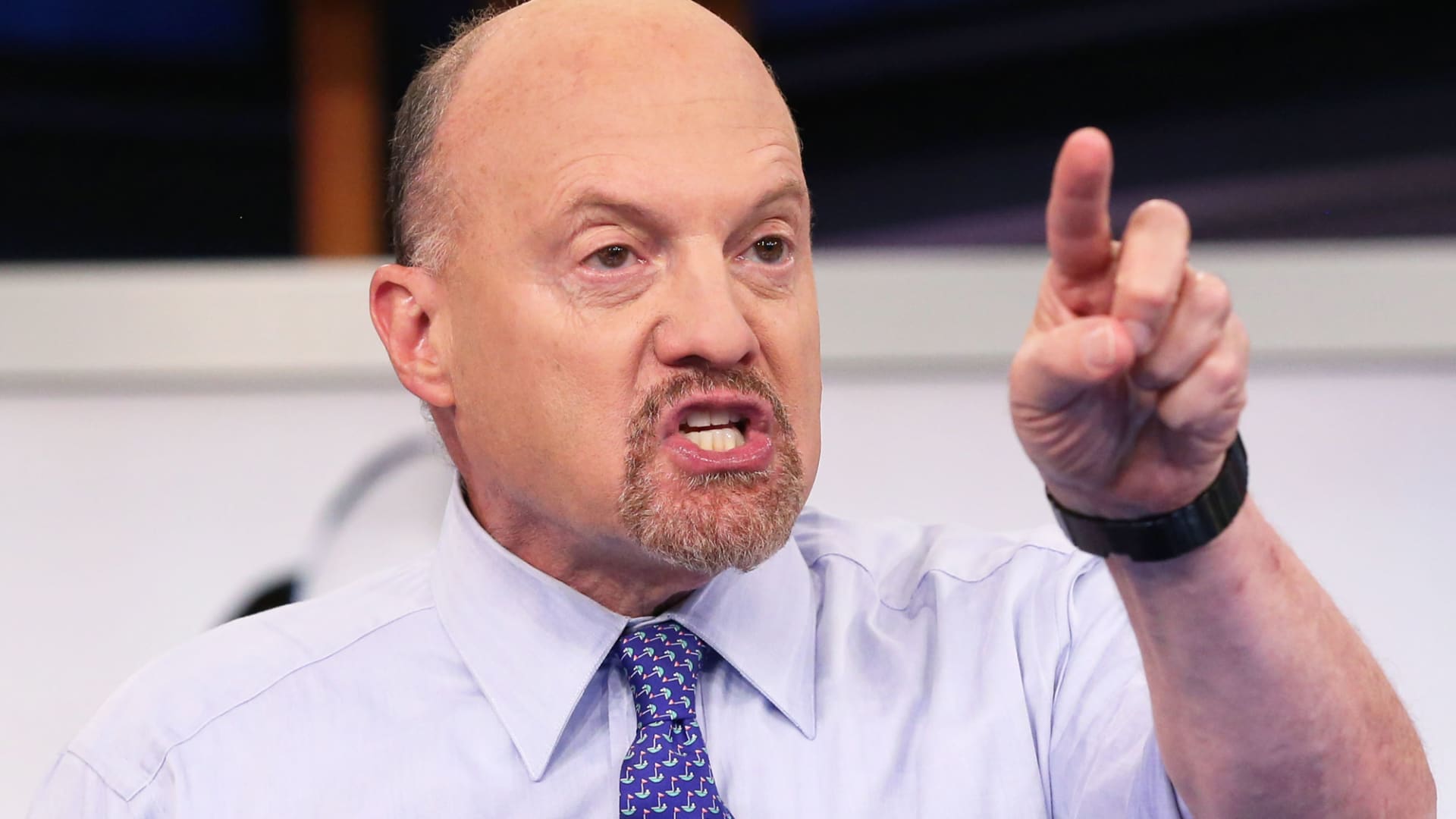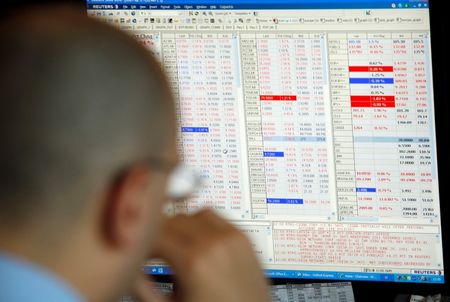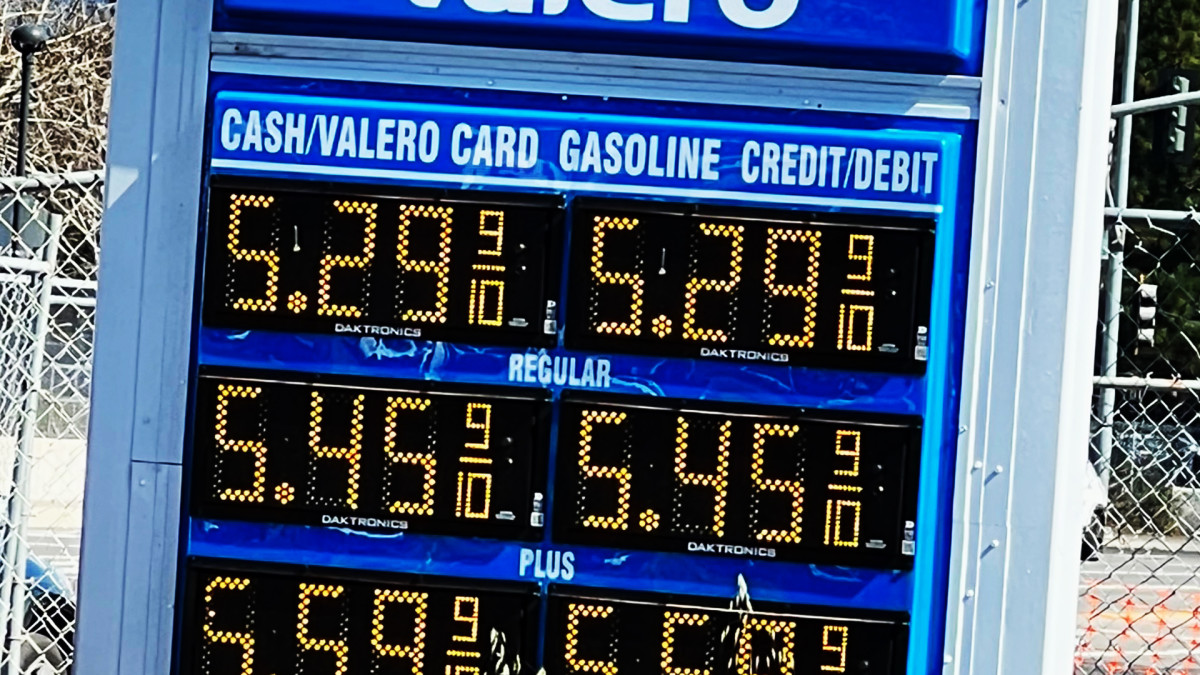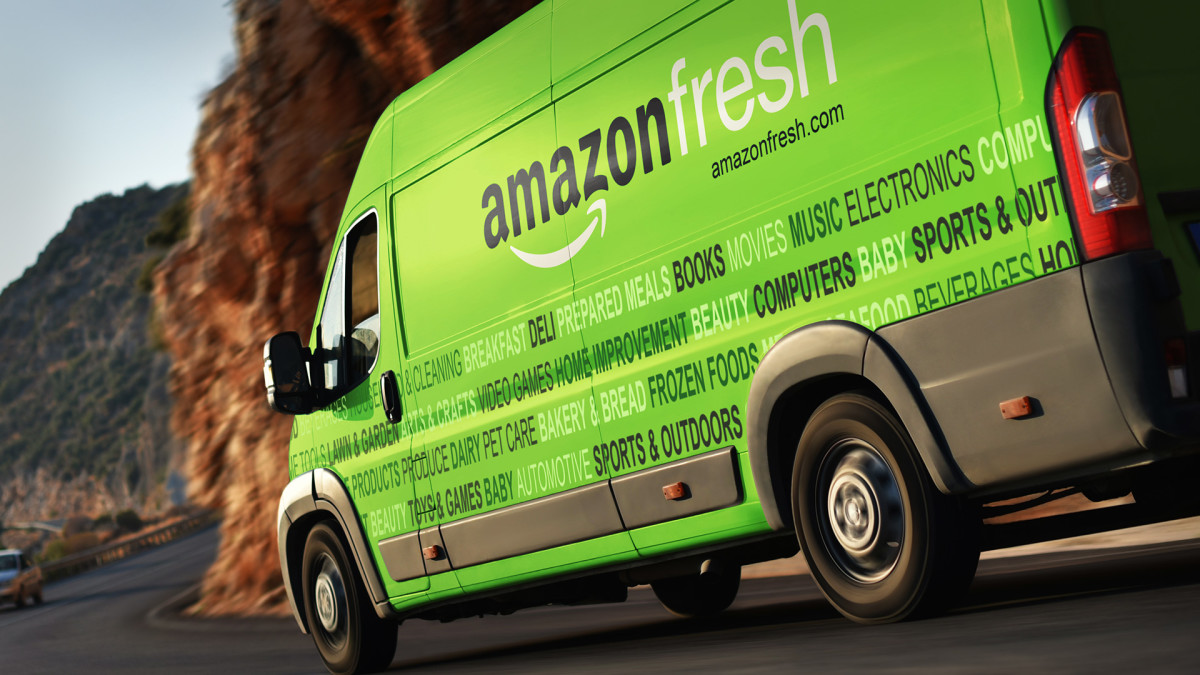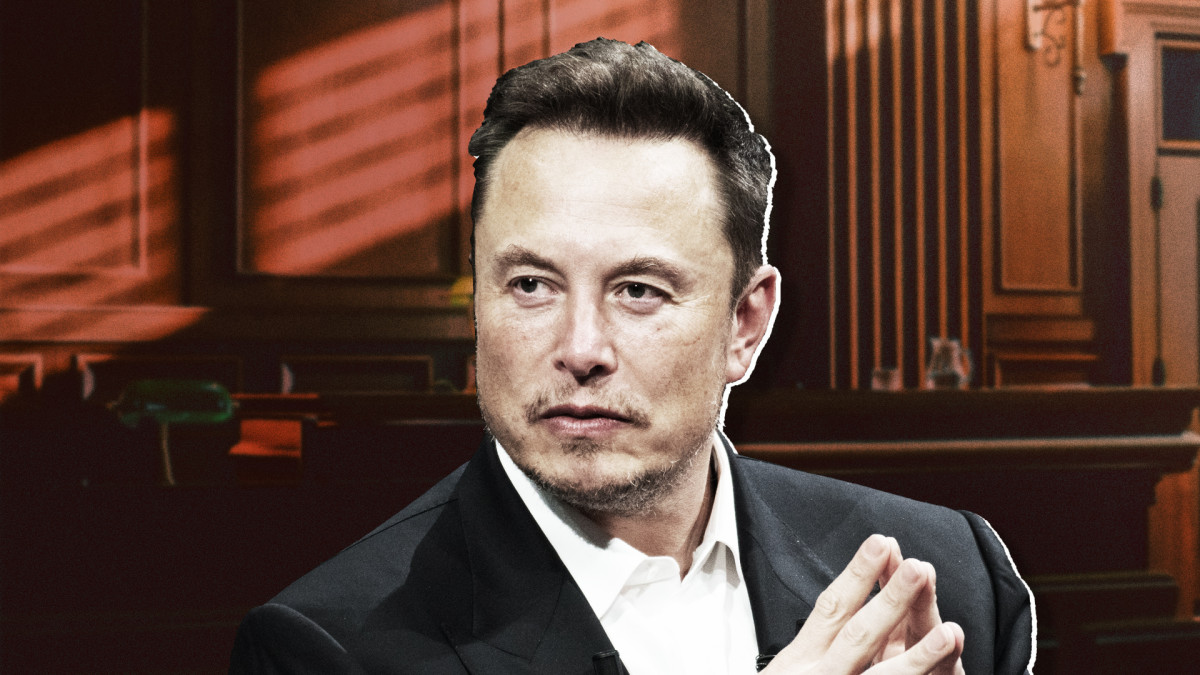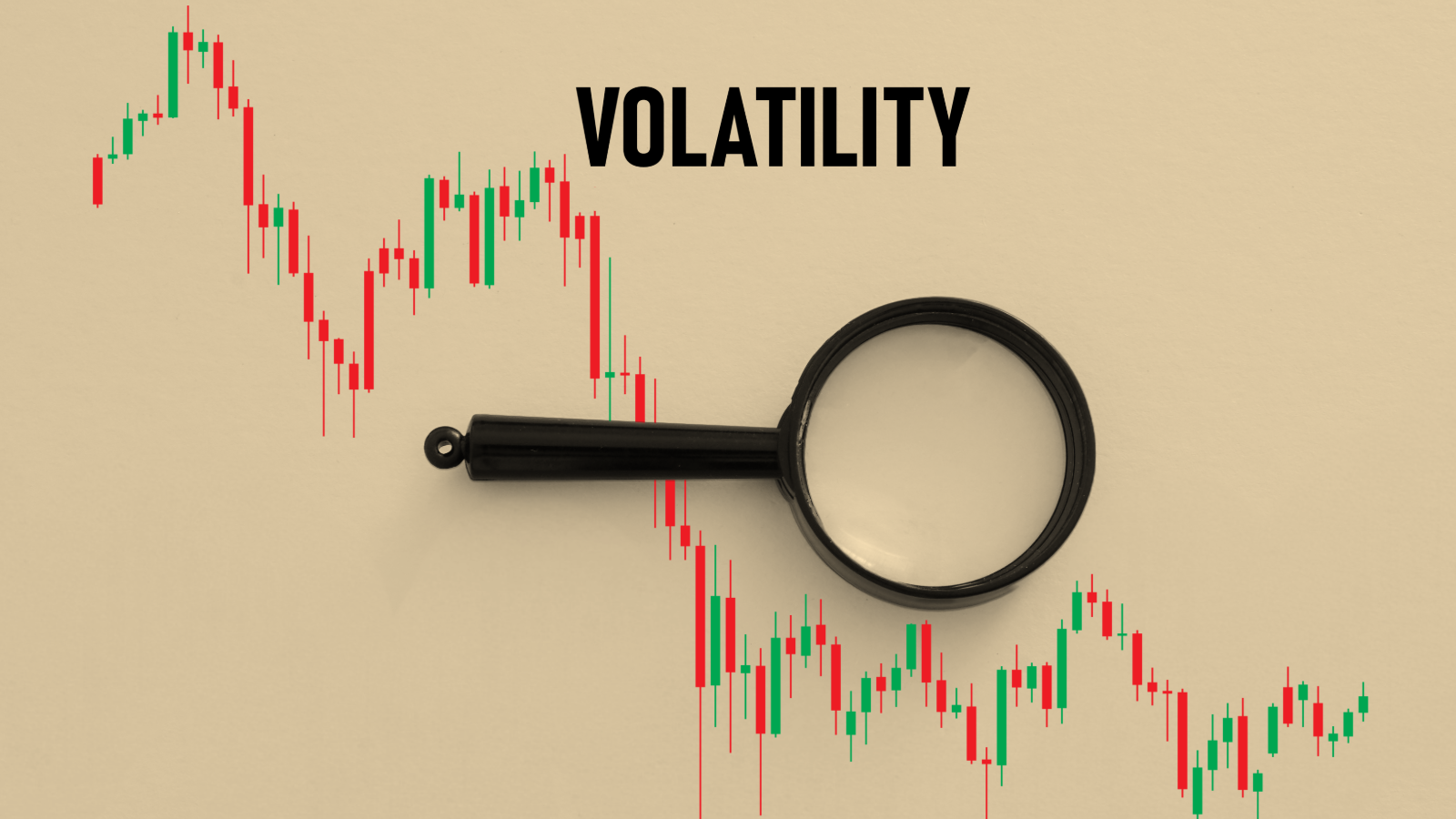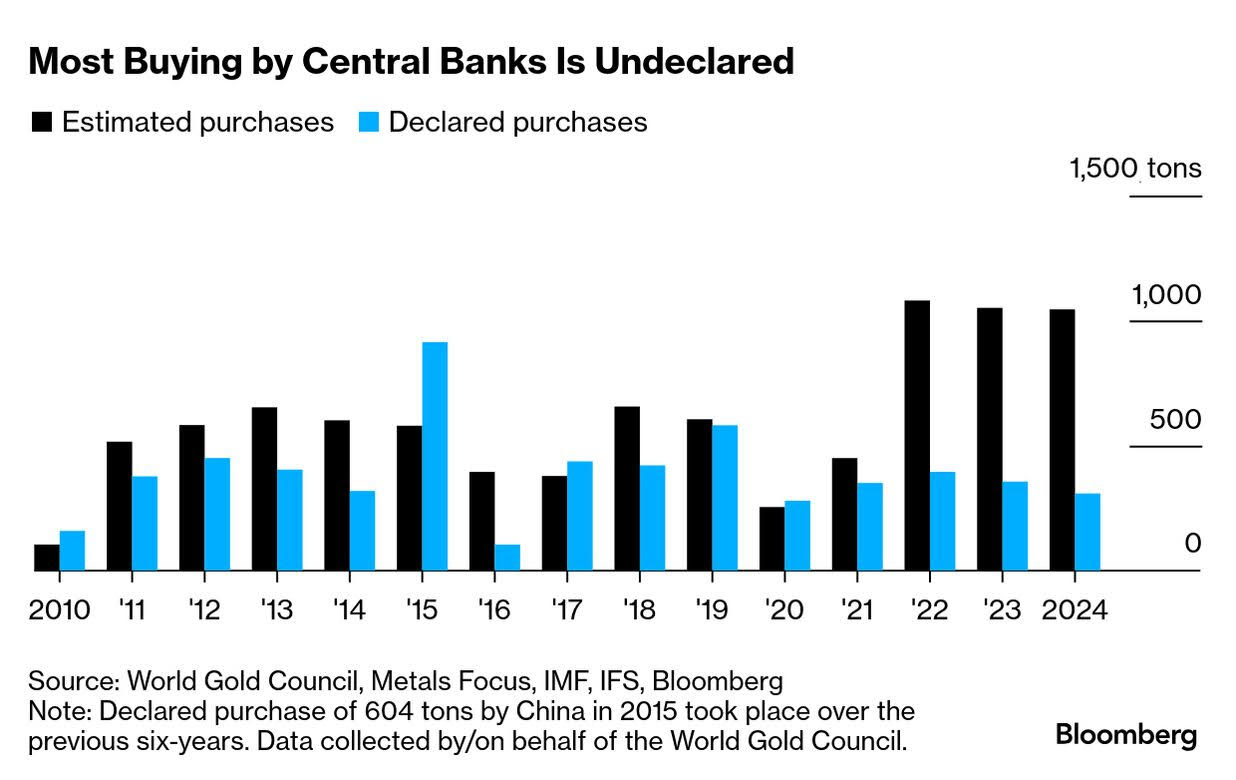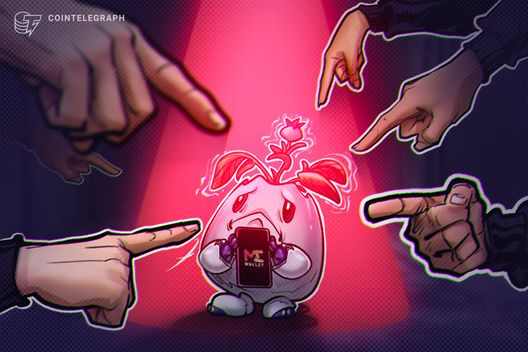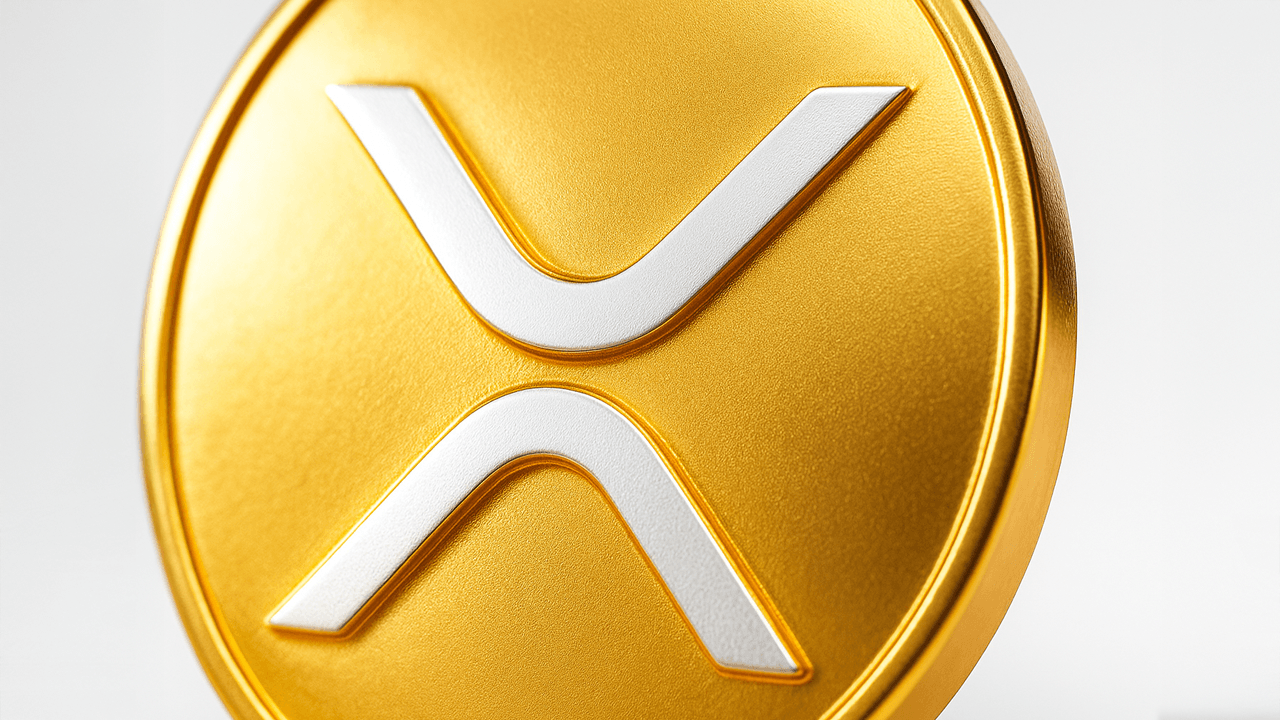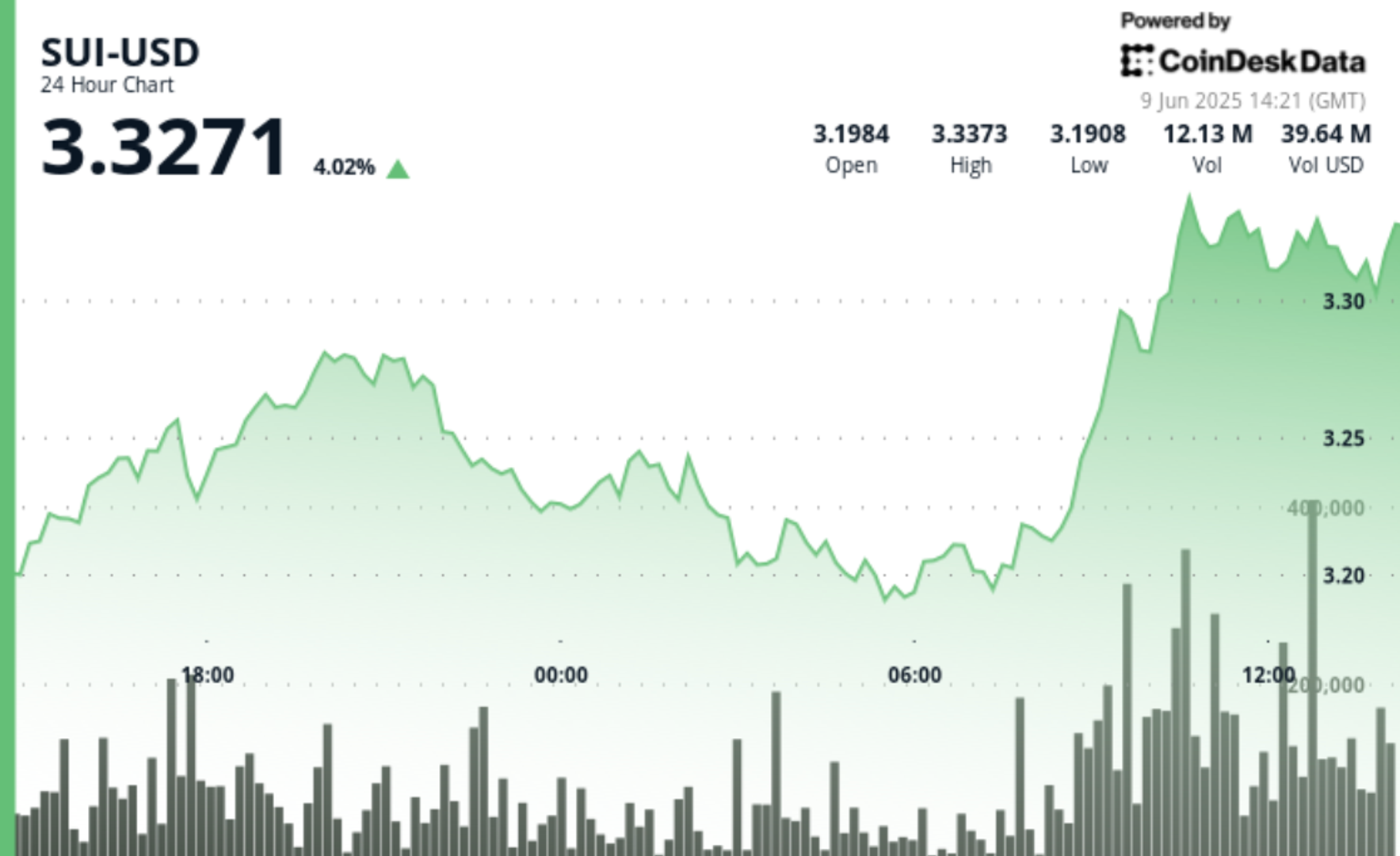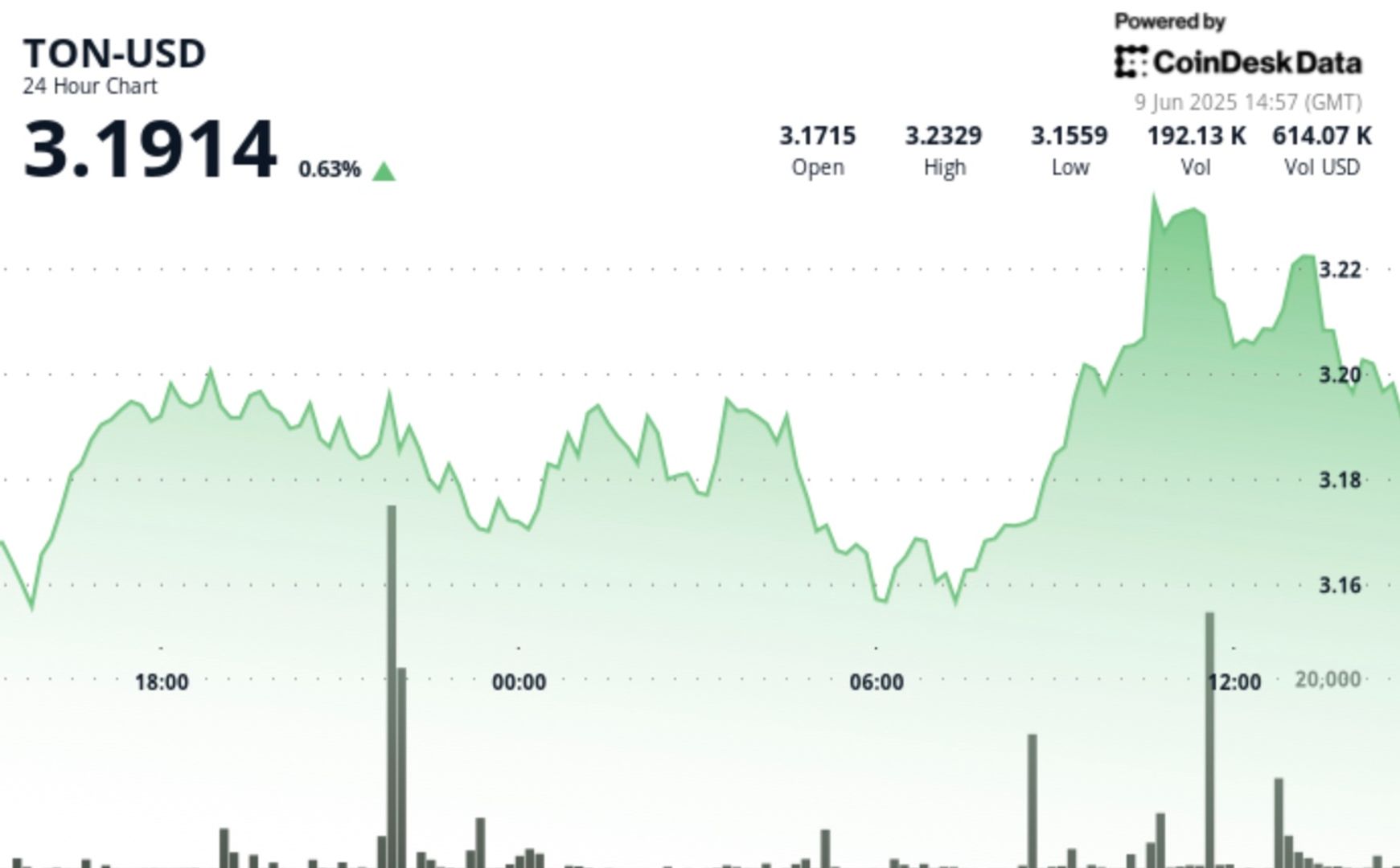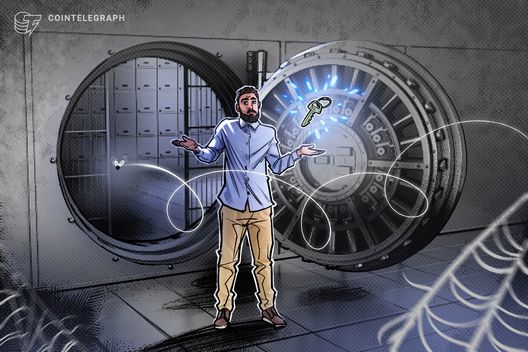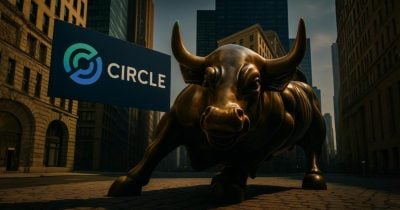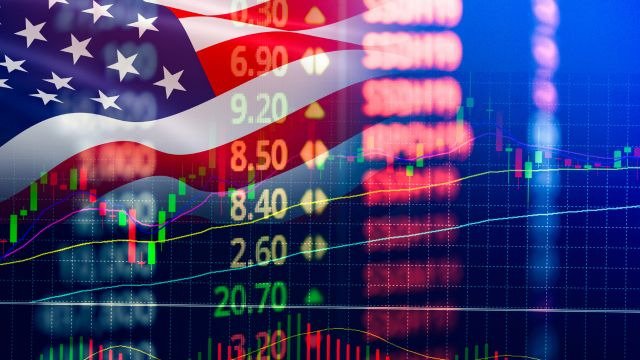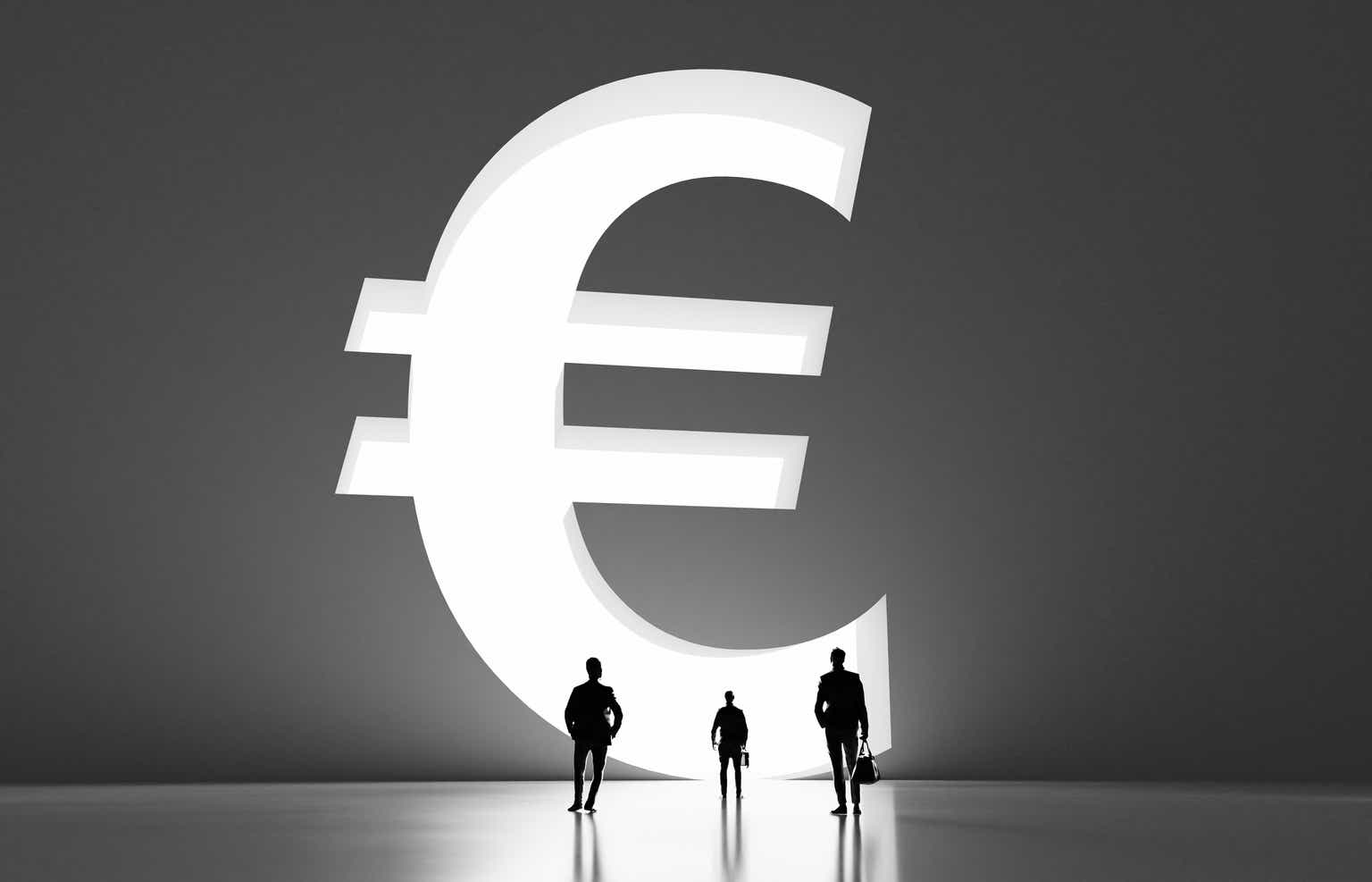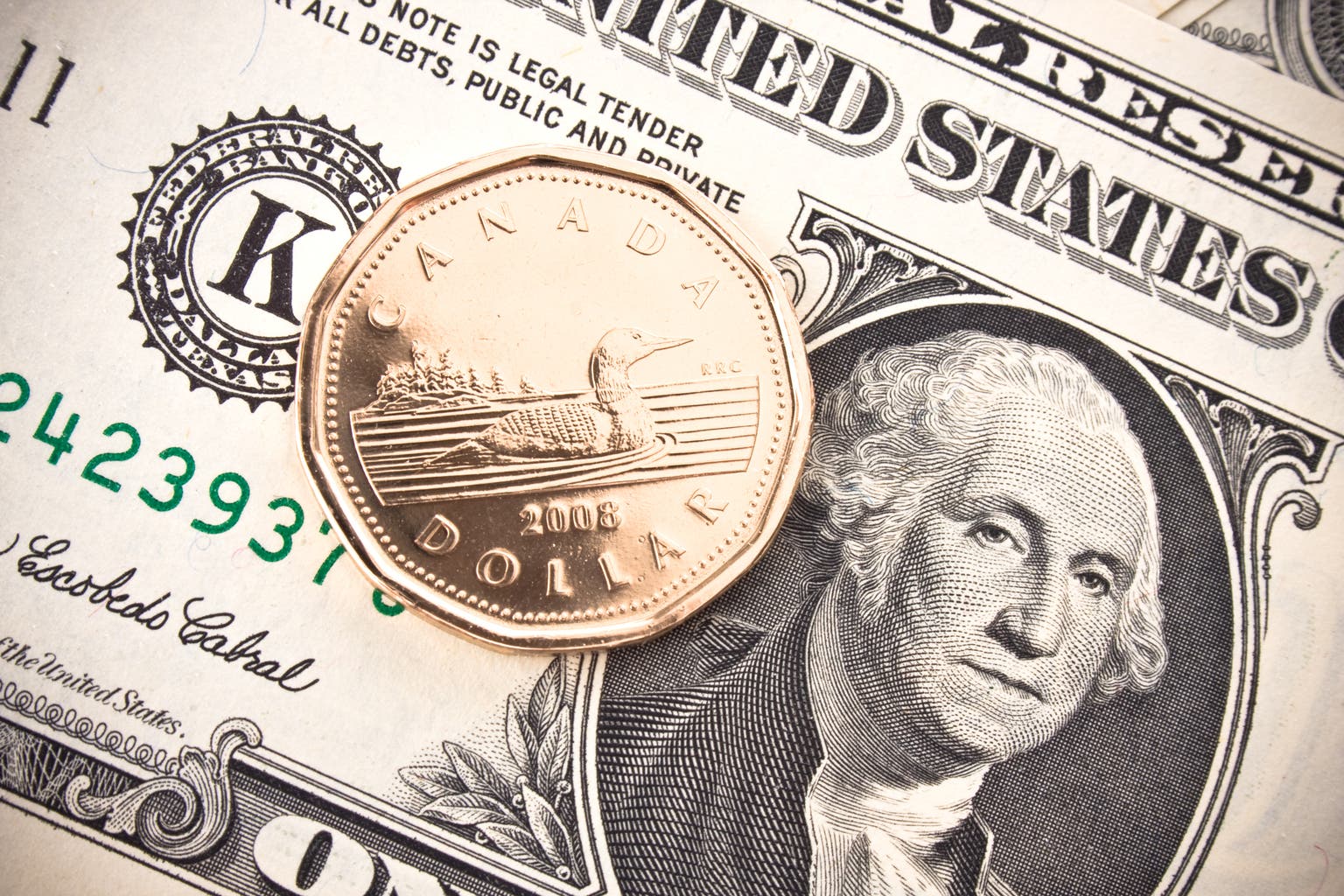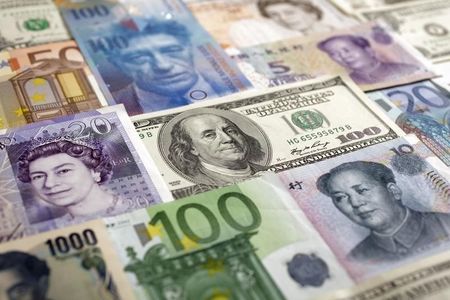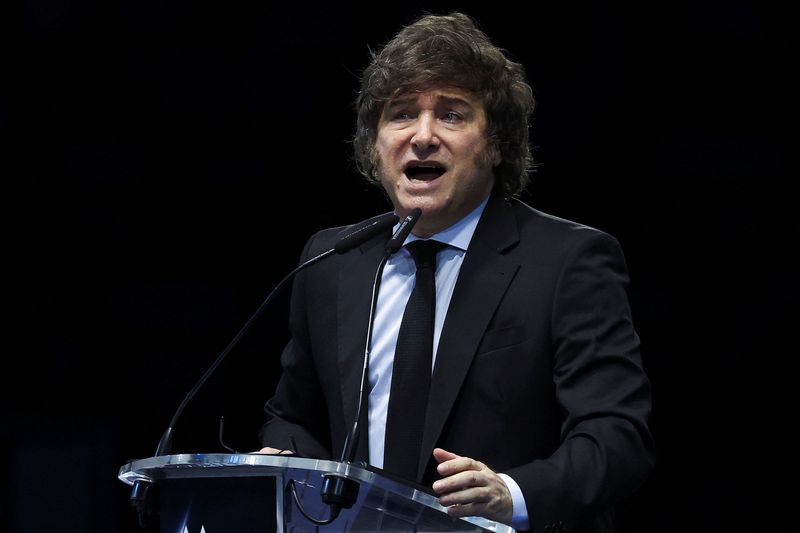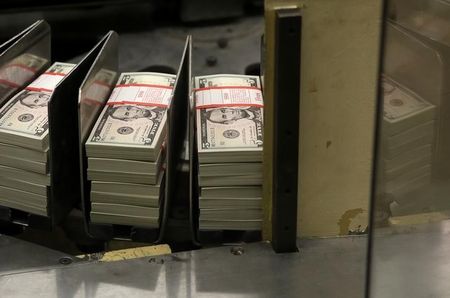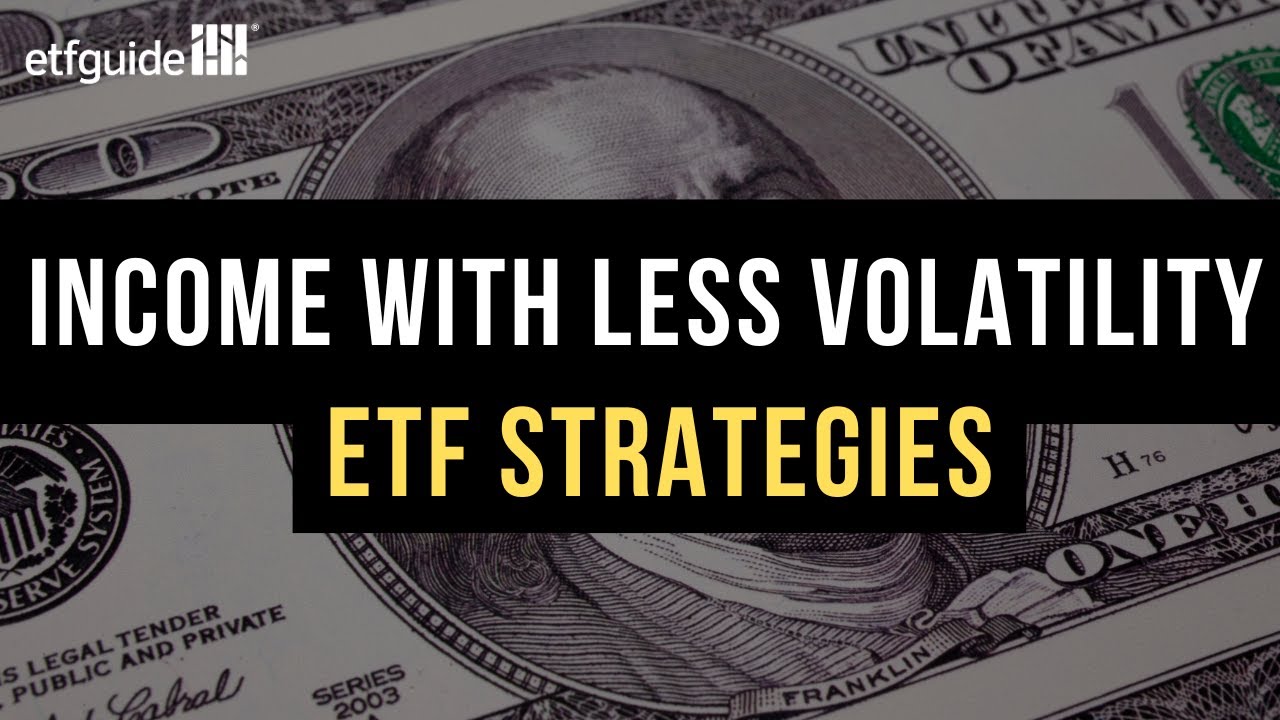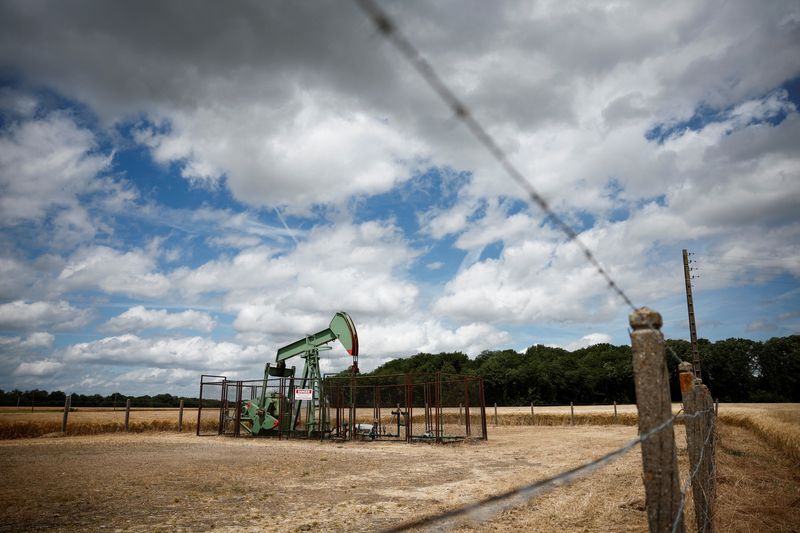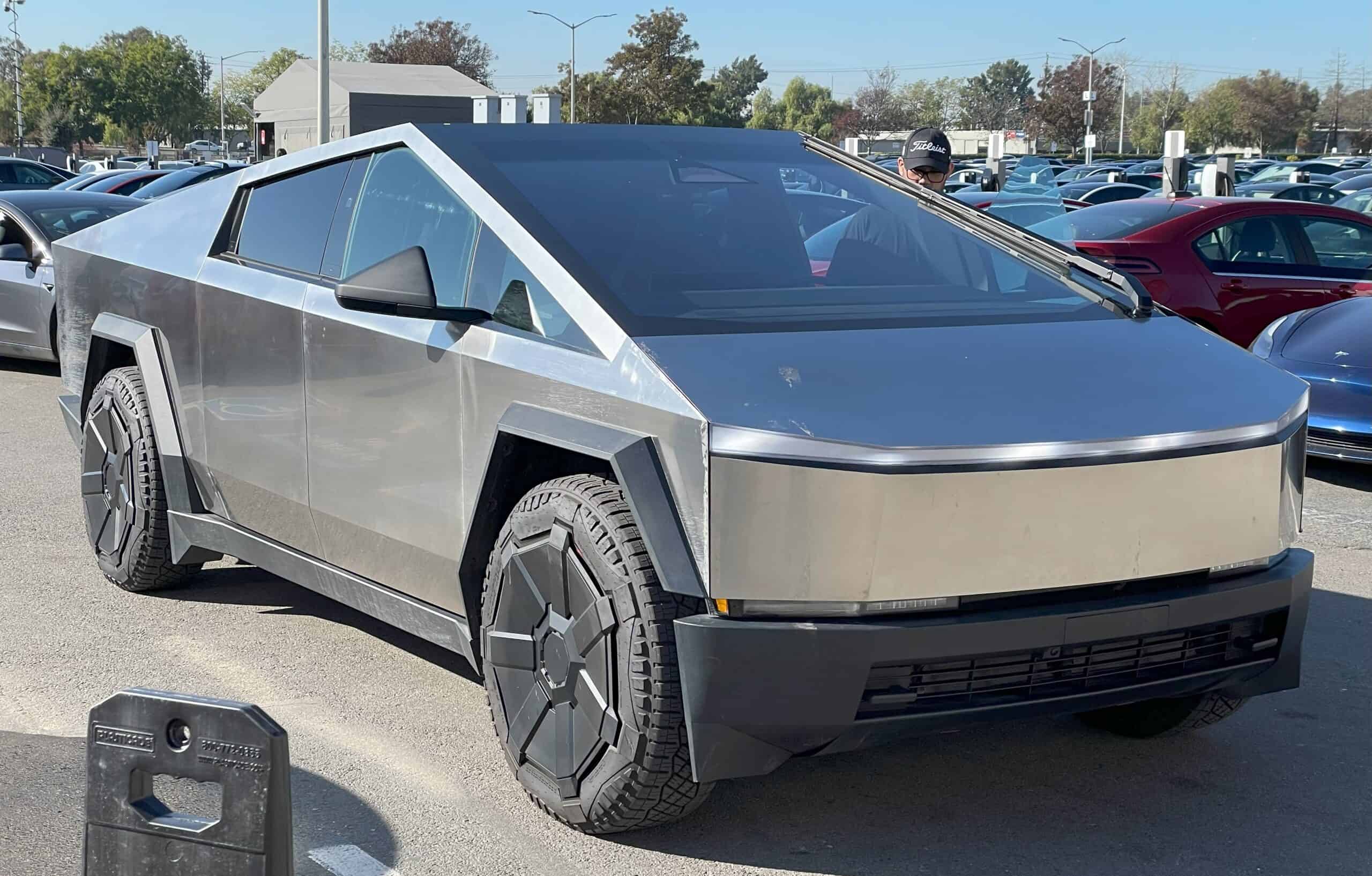Will Costco Be the Next Stock to Split in 2025?
Costco Wholesale (NASDAQ:COST) recently dropped an earnings report that got Wall Street talking: a solid earnings beat, but a revenue miss that shows consumers are tightening their belts. Unlike Target (NYSE:TGT), which is raising prices on some items to offset new trade tariffs, Costco’s playing it cool, vowing to hike prices only as a “last […] The post Will Costco Be the Next Stock to Split in 2025? appeared first on 24/7 Wall St..
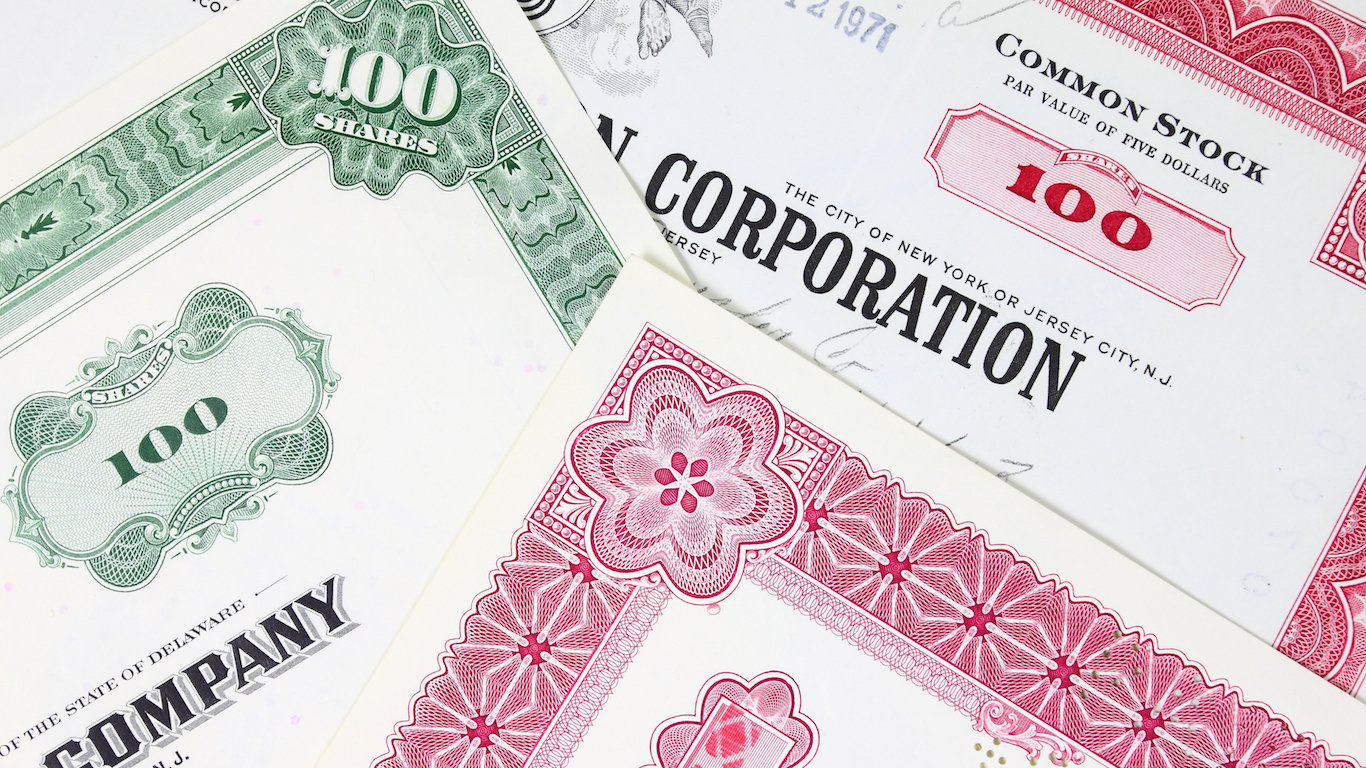
Costco Wholesale (NASDAQ:COST) recently dropped an earnings report that got Wall Street talking: a solid earnings beat, but a revenue miss that shows consumers are tightening their belts.
Unlike Target (NYSE:TGT), which is raising prices on some items to offset new trade tariffs, Costco’s playing it cool, vowing to hike prices only as a “last resort.” Shoppers are sticking to basics — think toilet paper over TVs — and yet Costco’s massive scale keeps the profits flowing.
With its stock flirting with $1,015, the big question is whether a stock split is on the horizon to make those pricey shares more bite-sized for retail investors.
- Earnings Snapshot: Fiscal Q3 2025 net sales climbed 7.8% to $63.2 billion, shy of the $63.8 billion analysts expected, but earnings per share hit $4.28, topping forecasts of $4.24 with a 13% year-over-year jump.
- Stock Rollercoaster: Shares slipped 1.5% premarket, but surged 4.6% after the opening bell, signaling investors’ faith in Costco’s staying power.
- Membership Muscle: Membership fees rose 10% to $1.24 billion, fueled by 79.6 million total paid members, up 6.8%, and a rock-solid 90.2% global renewal rate.
A Stock Split? Don’t Hold Your Breath
Costco’s no stranger to stock splits, having done three in its history, but the last one was back in 2000 when shares traded around $100. That 2-for-1 split slashed the price to $50, opening the door for smaller investors. Fast-forward 25 years, and Costco’s stock has skyrocketed, boasting a 3,050% total return compared to the S&P 500’s 560% gain. That performance lands it among the top 20 priciest stocks in the index. So, why no split since Y2K?
The answer lies in today’s market dynamics. Fractional share trading, now a staple on platforms like Schwab (NYSE:SCHW) and Robinhood (NASDAQ:HOOD), lets investors snag a slice of Costco without forking over $1,015 for a full share.
CFO Gary Millerchip also threw cold water on split speculation during the latest earnings call, saying, “The economic arguments [for splits] are less clear because retail investors and employees can now buy fractional shares.”
Introduced widely in 2019, fractional trading has changed the game, letting everyday folks invest with pocket change.
Why Costco’s Happy at $1,015
Costco’s investor base — 68% institutional — doesn’t sweat the high share price. Big players like Vanguard and BlackRock (NYSE:BLK) care about long-term value, not optics, and a split doesn’t change the company’s $475 billion market cap. Plus, Costco’s stock is plenty liquid, with 2.5 million shares traded daily, so there’s no bottleneck for buyers or sellers.
Management’s focus is on growth, not gimmicks: they’re planning a total of 27 new warehouses in 2025 and saw e-commerce sales spike 14.8% in Q3.
- Dividend Dependability: Costco’s $5.20 annual dividend per share keeps shareholders happy without needing a split to juice interest.
- Tariff Tightrope: With 30% of U.S. sales from imports, recent tariffs sting, but Costco’s pricing power and efficiency soften the blow.
Some argue a split could spark retail enthusiasm, like Walmart‘s (NYSE:WMT) 3-for-1 split last year, which boosted trading volume. But Costco’s not struggling for attention — its stock is a Wall Street darling, and fractional shares already bridge the gap for Main Street investors. A split might even invite short-term speculators, spiking volatility, which Costco’s steady-Eddy management wants no part of.
Costco’s Secret Sauce
Costco’s membership model is the real MVP, driving consistent revenue with fee hikes and sky-high renewal rates. Shoppers love the value, and investors love the predictability. Add in margin gains and a digital push, and Costco’s thriving despite tariff turbulence and penny-pinching consumers.
The stock’s $1,015 price tag reflects this confidence, but it also underscores why a split isn’t on the radar. Splits are cosmetic, and Costco’s all about substance.
Key Takeaway
Costco’s stock has soared over 3,000% since its last split in 2000, and it’s not slowing down. Millerchip’s clear: fractional trading makes splits old news. With bulletproof fundamentals — membership growth, e-commerce gains, and global expansion — Costco’s focused on delivering value, not tweaking its share price. At $1,015, it’s a premium buy, but one that keeps rewarding those who believe in its long game.
The post Will Costco Be the Next Stock to Split in 2025? appeared first on 24/7 Wall St..






